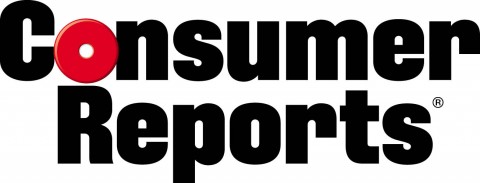Consumers air grievances over a variety of product packaging pitfalls
 Yonkers, NY – Companies spend $130 billion a year on boxes, bags and blister packs, yet many packaged goods still remain hard-to-open, undersized, or overwrapped for the products inside.
Yonkers, NY – Companies spend $130 billion a year on boxes, bags and blister packs, yet many packaged goods still remain hard-to-open, undersized, or overwrapped for the products inside.
Consumer Reports took a close look at common packaging challenges consumers face. By sorting through reader and Facebook fan submissions, Consumer Reports identified four basic gripes and more than a dozen product-specific examples. The full report is available online at www.ConsumerReports.org and in the December 2012 issue of Consumer Reports.
Four Packaging Gripes
- Oysters is Consumer Reports’ term for hard-to-open products. These are often gadgets imprisoned in a clear, tight-fitting plastic, which displays merchandise from all angles and discourages theft. But it also foils honest folks who have tried razor blades, scissors, box cutters and even saws to free the contents they’ve bought.
- Black holes are products surrounded by lots of air. Federal law is supposed to prevent excessive “slack fill” or nonfunctional or empty space, but, there are loopholes in the law, if, for instance, the package does double-duty as a dispenser. One example a Consumer Reports reader pointed out was Kraft Velveeta Shells & Cheese containers. Even when cooked, the shells and sauce occupy little of the container.
- Downsized products are those whose packages are shrunken by companies typically as an alternative to a blatant price increase. Companies usually blame downsizing on higher costs of ingredients, labor, and energy. Downsizing can occur in sneaky ways—Huggies reduced the number of Pull-Ups diapers from 72 to 70 but kept the words “New Larger” size on the label.
- Golden cocoons are tiny doodads shipped in oversize cartons, sometimes with enough paper, bubble wrap or airbags to cradle a priceless vase. Not taking any chances, Williams-Sonoma cradled the cotton napkins it sent to one Consumer Reports’ reader in bubble wrap, then placed them in a large box before shipping.
Consumer Reports also discovered that some companies are aware of packaging problems. For example, Amazon’s frustration-free packaging program is meant to reduce wrapping for shipped products and make them easy to open, but it doesn’t always ensure it’s better, cheaper or even different from the usual packaging. Some of Amazon’s more than 100,000 frustration-free items have the same packaging whether bought from Amazon or elsewhere. To ensure the wrapping is truly frustration-free, Consumer Reports suggests calling Amazon before ordering to find out exactly how the product’s packaging differs.
For more information about consumer packaging gripes, as well as customer-service and company responses to readers’ packaging complaints, visit www.ConsumerReports.org or check out the December issue of Consumer Reports.
About Consumer Reports
Consumer Reports is the world’s largest independent product-testing organization. Using its more than 50 labs, auto test center, and survey research center, the nonprofit rates thousands of products and services annually. Founded in 1936, Consumer Reports has over 8 million subscribers to its magazine, website and other publications. Its advocacy division, Consumers Union, works for health reform, product safety, financial reform, and other consumer issues in Washington, D.C., the states, and in the marketplace.


